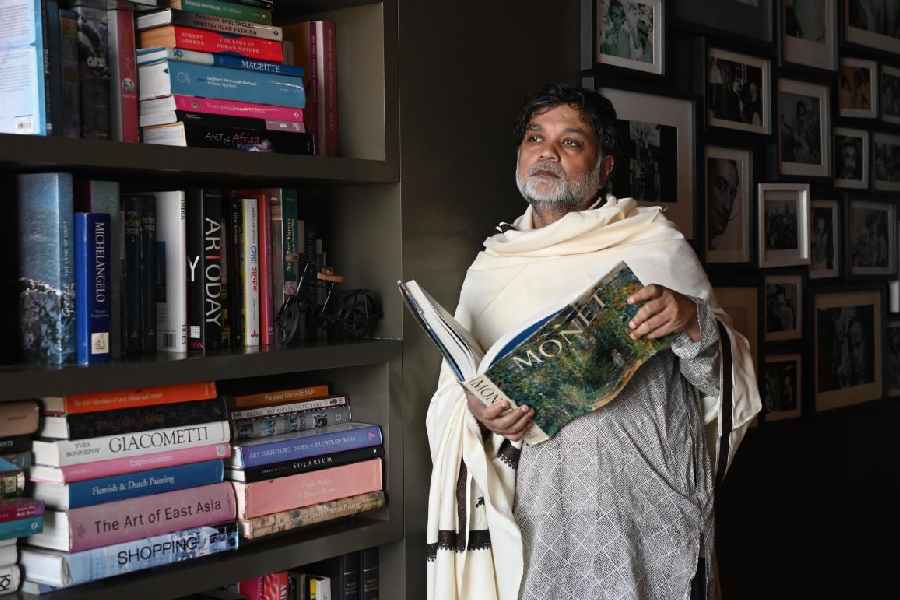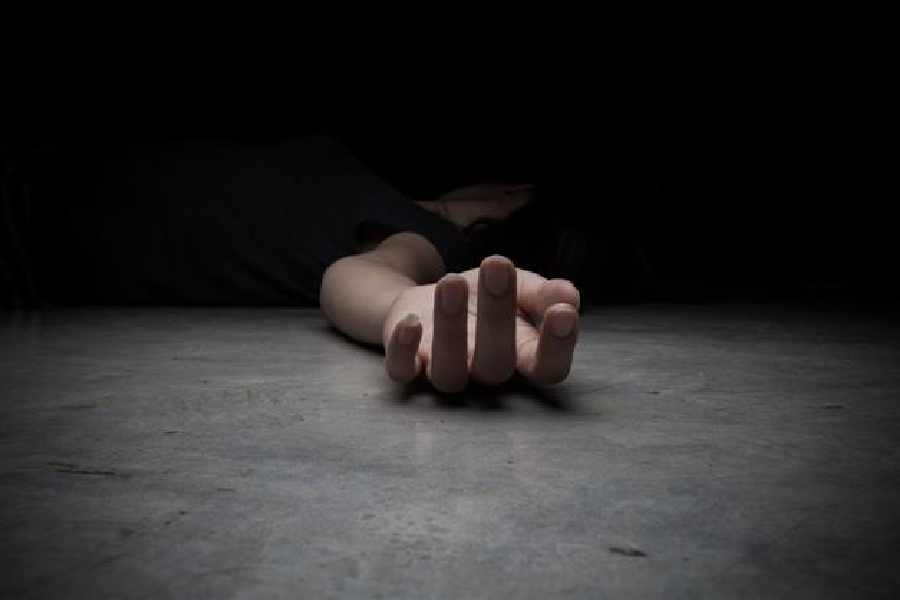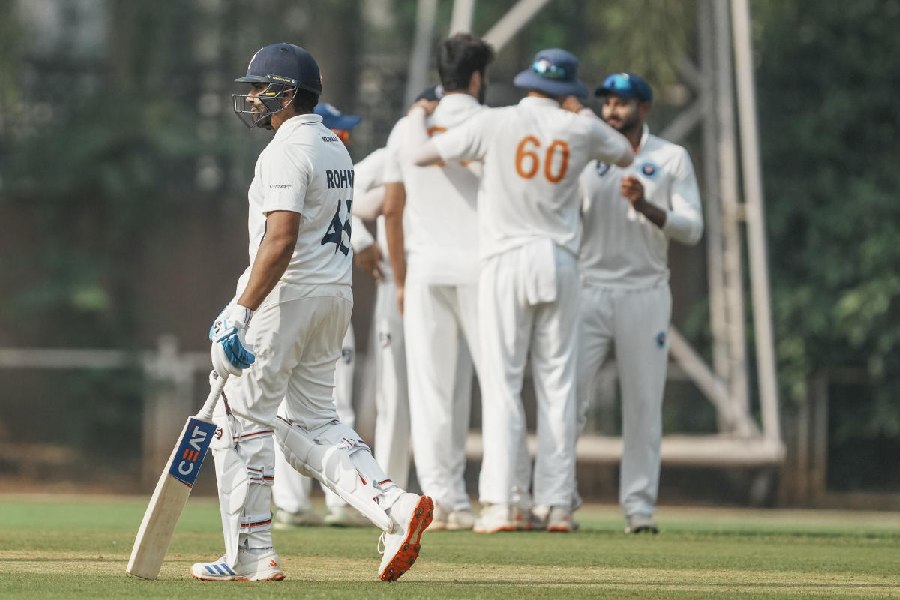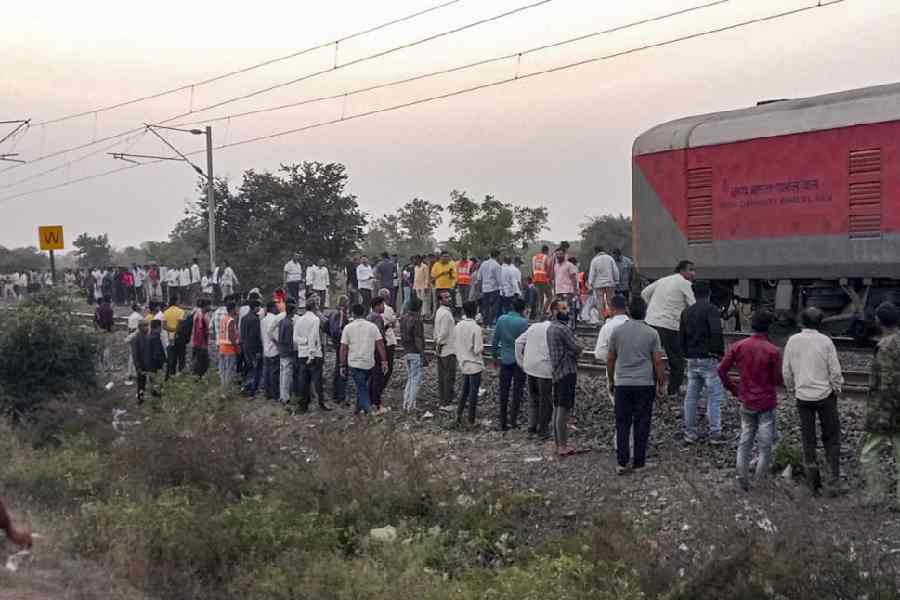People battle their inner demons in a melting pot of memories in Srijit Mukherji’s film Shotyi Bole Shotyi Kichhu Nei, which releases today in theatres. Justice, morality and humanity clash as 12 jurors, shaped by their prejudices and pasts, wrestle with a verdict in a murder trial. Adapted from Basu Chatterjee’s film Ek Ruka Hua Faisla (1986), Shotyi Bole Shotyi Kichhu Nei makes itself contemporary and relevant by touching upon topical issues. A t2 chat with Srijit...
What is the genesis of Shotyi Bole Shotyi Kichhu Nei?
This was supposed to be my second or third film. It was called Dozen then. I had pitched Chotushkone and Shotyi Bole Shotyi Kichhu Nei to Rituparno Ghosh and he had loved them. He had agreed to act in both... he had said Shotyi Bole Shotyi Kichhu Nei was one of my best scripts and one of the best interpretations of the original text. He was supposed to play Satya, the character which Parambrata plays in the film. Incidentally, Joyobrota’s character in Chotushkone also went to Param.
What was it about the original text that appealed to you?
It is a classic template for telling stories about negotiations, prejudices, interpersonal relationships, and biases. The template is a great mirror for society. Under the guise of a legal drama, you are actually telling the story of various people and their conflicts. I had done a play called Mind Game in Bangalore in 2007, which was based on the same text. The role, which is being played by Ritwick Chakraborty here, was played by Gulshan Devaiah in Mind Game.
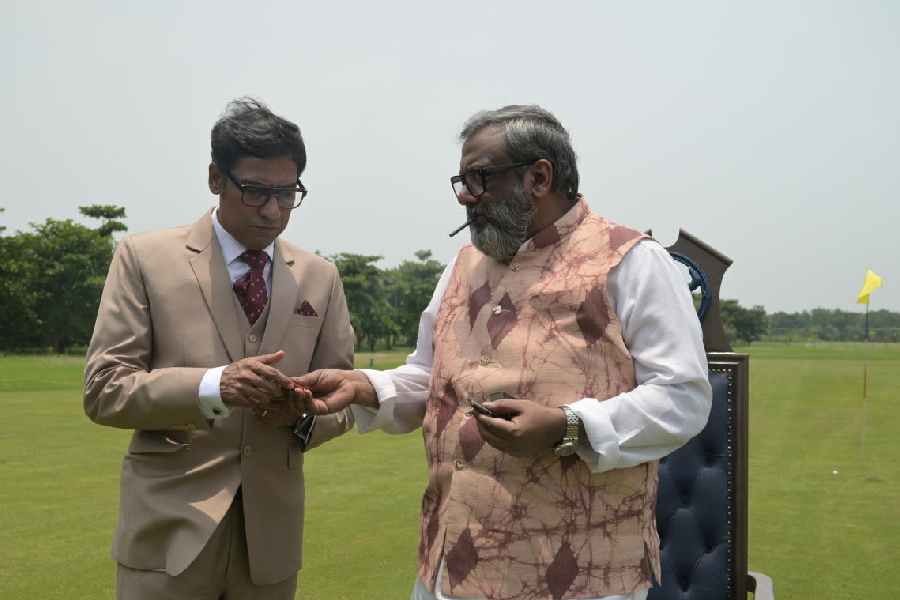
Koushik Sen and Kaushik Ganguly in Srijit Mukherji’s film Shotyi Bole Shotyi Kichhu Nei
How has your script evolved over the years?
It is a very dynamic script. It embraces all the contradictions, prejudices and biases of modern India, be it socio-political, economic, linguistic, or gender bias.
You are also commenting on certain issues... have those issues changed over time?
They have changed but a lot of it remains the same also. A lot of opinions can exist within a person. It can be self-contradictory. And that is the case with every person I know. When I am depicting all these various aspects, I run the risk of being categorised also. But my job as a storyteller is to hold up a mirror to the various extreme and not-so-extreme opinions that exist in society. That template is a mirror. And I am holding another mirror to it. So when two mirrors face each other, the vision extends to infinity. And that is exactly what has happened in this film.
Was there any particular incident that triggered the idea of making this film now?
I saw that Ek Ruka Hua Faisla was being made in Hindi again. Suddenly I remembered my script. We contacted the makers and right holders of Ek Ruka Hua Faisla and told them that we would like to adapt it to Bangla. Also, I feel — as my alphabets come to an end — it is time to wrap up (Srijit had once said that he would like to make a film for each letter of the alphabet). I have been making films for a long time now. I think it is time to do other interesting things like cricket journalism and travel across the world.
You can try making films in the Chinese character system.
No (laughs out loud). I am sticking to English. I’ll be done very soon.
It won’t be a pending decision then?
No! Please bear with me for some time. I have closed a lot of chapters already. I have closed the Feluda chapter. I have closed the Kakababu chapter though I hear there will be another Kakababu film very soon. I am not sure about the director. Bumbada (Prosenjit) will be playing Kakababu once again, which is great. He made the franchise his own. He should absolutely continue. I also feel that Tota (Roy Choudhury) should absolutely continue as Feluda but with some other maker. I always wanted to do one Byomkesh and I have done that. There are certain things which I would like to do before I leave. I want to do a horror film and a science fiction film. There were traces of science fiction in X = Prem. I don’t know if I’ll ever get the right to do a Professor Shanku film.
Do we get to see Prabir and Poddar reuniting for another film?
Yes, they will feature in two more films maybe. I want to make a Prabir-Poddar trilogy. Dawshom Awbotaar was set in 2005 and 22shey Srabon was around 2011. Then, there will be a Hemlock Society sequel. Also, there is a dark love story between two serial killers.
The Malayalam film Aattam was released in 2023, and it follows the same classic template...
I have seen Aattam. It is a fantastic film. The template of the original text is very powerful. It can take any social issue and you can make a statement through dialogue between various people.
Was there a sense of competition and collaboration between the actors on the set?
It was a competitive collaboration! My directorial responsibility for this film was to make sure that everyone got coffee for the rehearsal sessions (smiles). Once you have done one month of rehearsals, then your job in the shoot becomes infinitely easier. Then your worry is where to put the camera. We had a three-camera set-up and the technical part became challenging.
The film has brilliant actors and they had done their rehearsals. You can wake them up in the middle of the night, give them the cue and they’ll do the entire scene with all the movements and mannerisms. That happened like clockwork. My job was to make sure that I could capture most of the moments these brilliant actors were throwing at me. All of them were acting at the same time.
Our main editing weapon was the split screen... there is an intensive use of split screen in the film. My greatest challenge was to get the right cast and get their dates. There were moments that surprised me and made the script more powerful.
Why did you break the structure? A sense of claustrophobia permeates the room in the original text.
I wanted to take it into the mind space... the jury system does not exist in India any more. So it had to be an internal claustrophobia. It had to be a psychological claustrophobia. And once you enter someone’s mind, then the entire thing plays out like this: various memories colliding with one dominant dream. This entire film is about one dominant dream, which is the argument of the case, colliding with various memories of the same person.
How did you convince the cast to get into the sea?
That was another directorial challenge. As the sea was moving back, they had to keep moving back since I had to maintain continuity. There was a danger point in the sea that was marked with a pole. Finally, we ended up one or two meters before that pole. Kaushik Ganguly said that if the actors go beyond that pole, I may not get them to dub for the film (smiles). Kanchan Mullick was consistently being taken away by the waves. Also, Sauraseni (Maitra) and Rahul (Banerjee). They were seated in a more unstable part of the sea bed.
In a post-truth world, what is the nature of truth?
The nature of truth is never extreme. It lies somewhere in between your and my version.
Do you have an ultimate truth?
Yes, death. I have seen death from close quarters. I have asked myself questions about death.
What can the audience expect from the film?
Complete restructuring and reinterpretation of a classic text, and a very rabble-rousing, feather-ruffling film. There’s going to be a lot of talk.
Is there a twist in the end?
Let’s wait for that!

